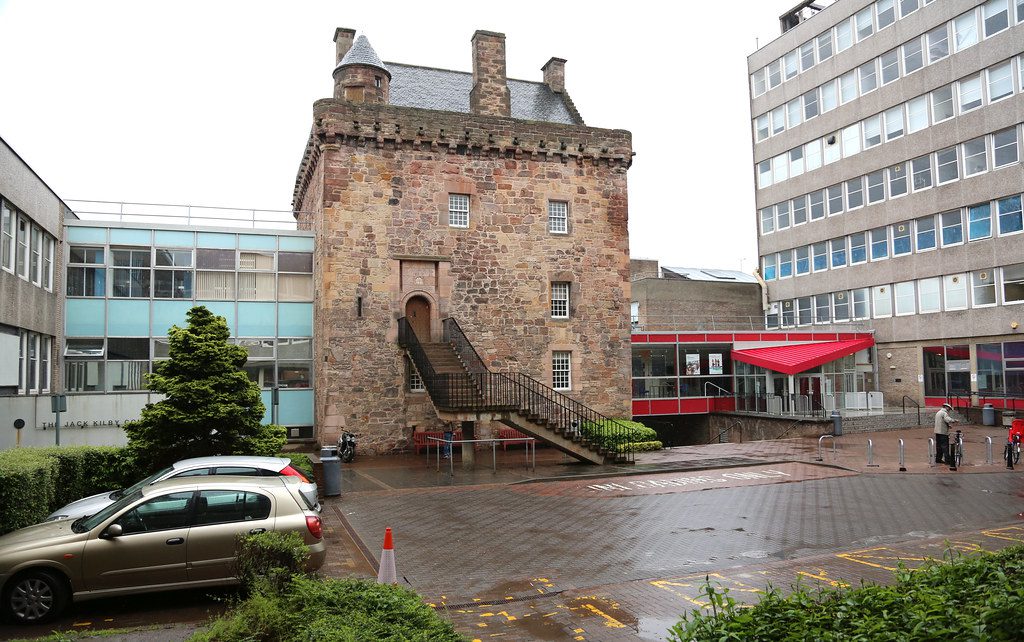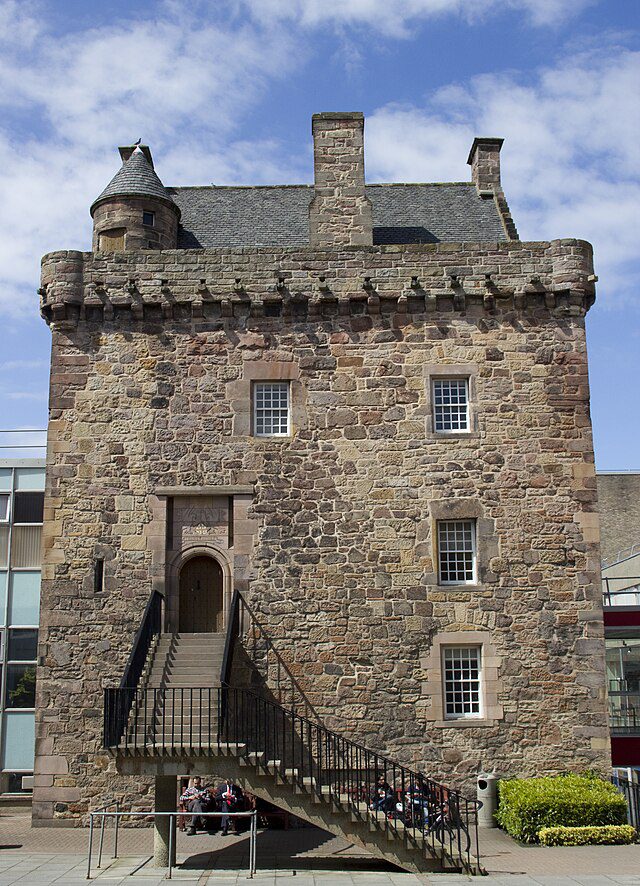Edinburgh is a city where everything reflects antiquity. The incredible atmosphere of the cobbled streets combined with the architecture that has witnessed the main events of the city’s history cause real admiration. Learn more at edinburgh-future.
People who have been born and lived in Edinburgh are probably already used to seeing such beauty around. Still, it can hardly be taken for granted. After all, the realisation of the meticulous work that has been carried out here evokes hundreds of thoughts about the protection and appreciation of such an incredible heritage.
It is somewhat easier for tourists because they have never seen anything like it before. Even if these people come from cities that are also famous for their amazing architecture. Everything in Edinburgh is truly unique. Such a combination of styles, elements and details is unlikely to be found anywhere else. Most of the local objects were created many years ago. Therefore, their value becomes many times higher.
In general, the architectural heritage of Edinburgh deserves writing a separate book. It is such a deep topic that we can’t describe everything in a few words here.
However, as you know, something big always consists of small particles. Edinburgh architecture can also be conditionally divided into components, the local landmark objects.
Merchiston Tower (or Merchiston Castle) is one of them, as it was built around 1454!
Beginning of the story
The history of this amazing building began even before 1438. Then Alexander Napier purchased the land where the tower was placed later.
According to experts, Merchiston Tower was originally built as a country residence. However, due to the turbulent political situation and the strategic importance of the building, it was decided to strengthen it.
Thus, some of its walls are six feet thick!
Interestingly, during a large-scale restoration of the building in the 1960s, workers discovered a unique find. It was a 26-pound cannonball. Historians came to the conclusion that it appeared there as a result of the struggle between Mary Stuart and supporters of her son James I in 1572.
Change of owners
From 1584, the building and its lands were passed from one owner to another.
So, at first, the Edinburgh city council sold the plot to Archibald Napier. In 1659, the building was sold again and its new owner became Ninian Lowis.
Then there were several more handovers until in 1818 it finally returned to the possession of the Napier family.
Sale

In 1833, William Napier decided to rent out Merchiston Tower to Charles Chalmers, who founded a school there.
Apparently, the educational institution was doing well because the entire building was finally sold to the school by John Scott Napier in 1914. However, in 1930, the institution left the premises of Merchiston Tower and moved to another place.
Educational institution
After the relocation of the school, in the same year, Merchiston Tower came into the possession of the Merchant Company. In 1935, the Edinburgh city council became the new owner of the building.
From that moment, the tower entered into a downtime period because it was closed until 1956. Then it started to house a technical college (now Edinburgh Napier University).
During restoration works in 1958, workers found many authentic details, including the unique plaster ceiling from the 17th century.
Thus, Merchiston Tower is quite rightly classified as one of the oldest buildings in Edinburgh. This place has welcomed many key figures in the history of the city, as well as witnessed important events.

Thanks to the local authorities, this unique building has survived to this day. Thus, everyone has an amazing opportunity to look at this architectural landmark and for a moment, move to the distant years, when the streets were filled with carriages and rich houses held balls.
Fortunately, the building’s exterior hasn’t changed much either. Of course, with the help of modern materials, it has been reconstructed and updated, but the main details have remained unchanged. That was the right decision because such an attitude towards architectural monuments means that Edinburgh respects history. The city is trying to preserve objects of great value and importance. After all, such buildings are true witnesses of the past and therefore they need support. It’s great that the Edinburgh authorities and residents are aware of this and are doing everything possible to preserve buildings that can be considered portals to the past.